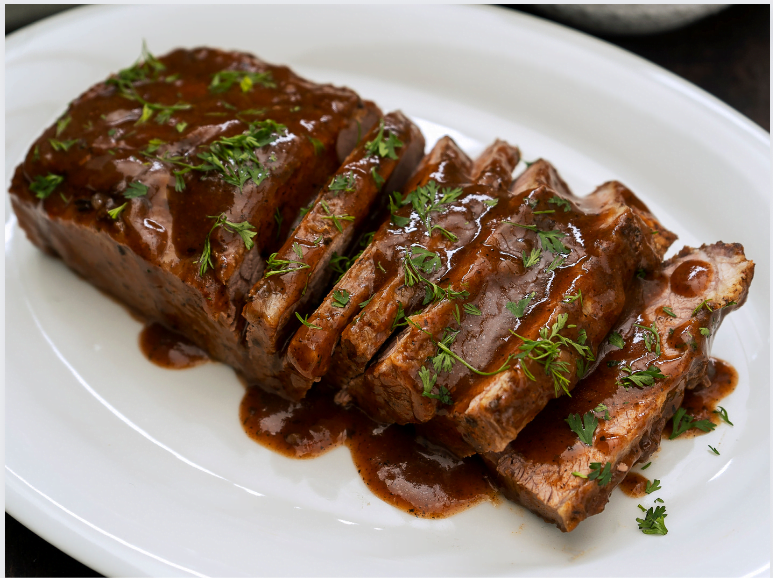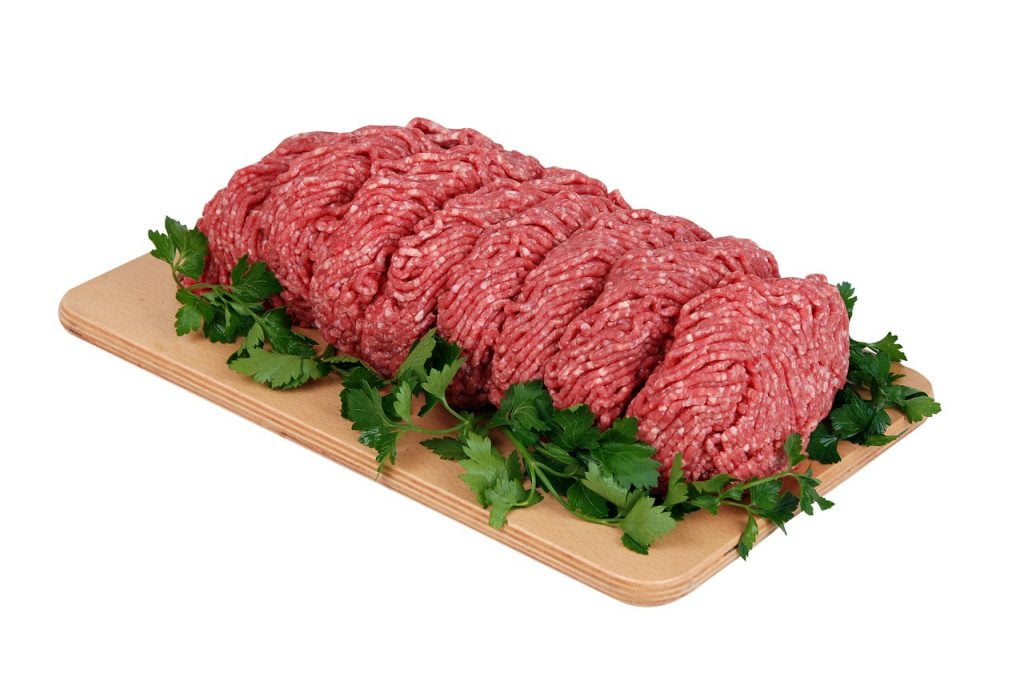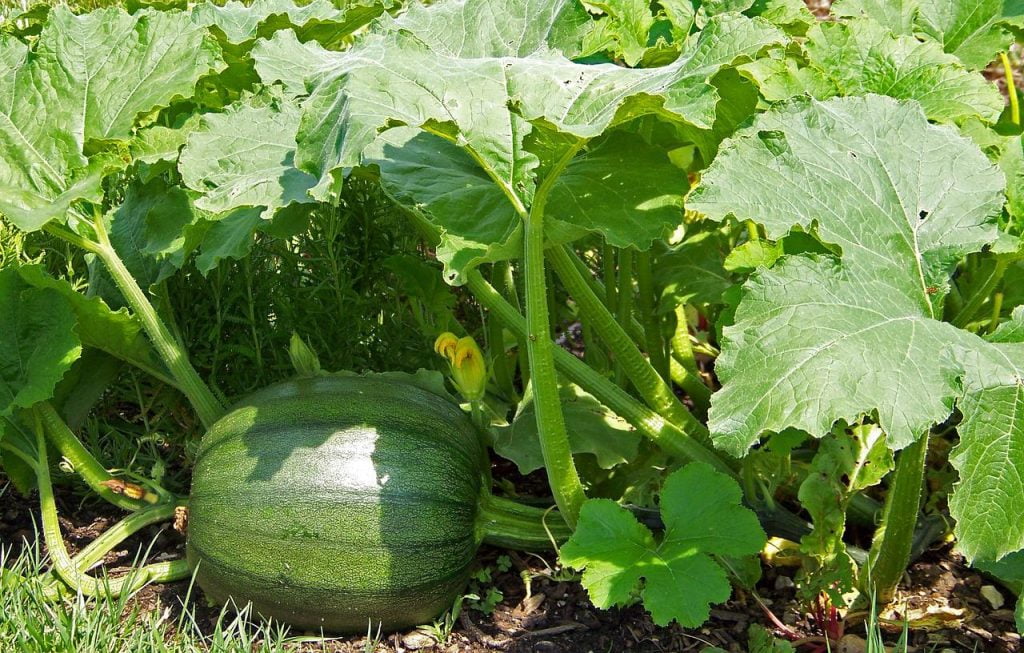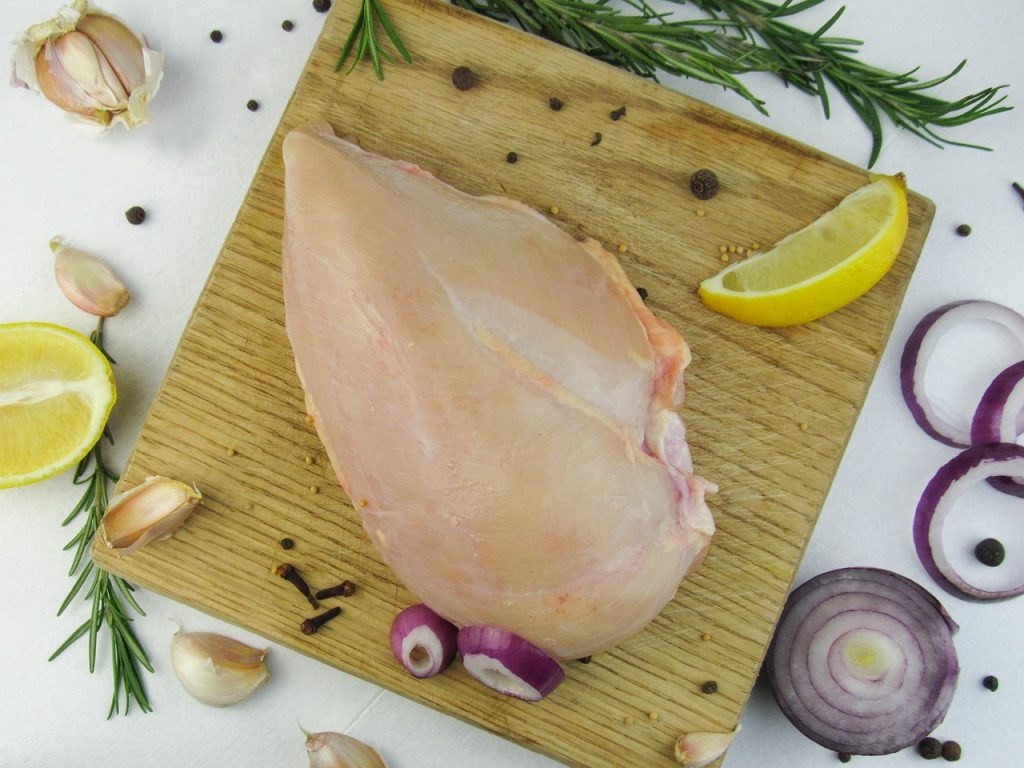
Brisket, the crown jewel of Texas barbecue, is a cut of meat that is notoriously tough and dry. But with the magic of brining brisket, you can transform this humble cut into a succulent, flavorful masterpiece. Brining is a simple process that involves submerging meat in a saltwater solution for several hours or days. This process tenderizes the meat, infuses it with flavor, and ensures that it stays moist during cooking.
The Science of Brining
So, how does brining brisket work its magic? It all has to do with the science of osmosis. Osmosis is the movement of water across a semipermeable membrane, from an area of low solute concentration (less salt) to an area of high solute concentration (more salt). When you brine meat, the salt in the brine draws water into the muscle fibers. This increased water content plumps up the muscle fibers, making the meat more tender.
The salt in the brine also helps to break down the muscle proteins, further tenderizing the meat. Additionally, the salt helps to extract flavor from the meat and infuses it with the flavors of the brine.
The Secrets of Brining Brisket : Unveiling Flavor Magic
Brining unlocks the potential for brisket greatness, transforming a tough cut into a melt-in-your-mouth masterpiece. But mastering this technique requires delving beyond the simple salt and water equation. Let’s explore the secrets that elevate your brisket brining to legendary status:
Crafting the Perfect Brine:
Beyond the Basics: While a classic salt and water brine lays the foundation, don’t hesitate to get creative! Explore a world of flavor possibilities with these additions:
Sugar: A touch of sweetness like brown sugar or honey aids caramelization during cooking, creating a gorgeous, crispy bark. Aim for a 1:10 ratio of sugar to salt. Experiment with different types like brown sugar, honey, or even maple syrup for subtle variations in sweetness and depth.
Spices: Dive into your spice cabinet and unleash bold profiles. Black pepper, coriander, paprika, and chili powder are popular choices, but don’t shy away from smoked paprika, chipotle powder, or even garam masala for an exciting twist. Experiment with whole spices for subtle infusion or ground spices for a more direct punch.
Herbs: Fresh or dried herbs like rosemary, thyme, bay leaves, and oregano add a layer of aromatic complexity. For a bolder herbal character, consider parsley, sage, or cilantro. Start with whole herbs for easy removal later, or finely chop them for deeper integration.
Acids: A splash of apple cider vinegar, Worcestershire sauce, or even citrus juice can tenderize the meat and add a touch of tang. Keep the amount moderate to avoid overpowering the other flavors.
Alcohol: Elevate your brine with beer, bourbon, or coffee. Beer adds a malty depth, bourbon contributes smoky richness, and coffee infuses a dark, intriguing character. Remember, the alcohol evaporates during cooking, leaving behind its unique essence.
Brining Time: Finding the Sweet Spot:
The duration of your brining journey depends on your chosen path Do also check this link for the brining time:
Quick Brine (6-8 hours): Ideal for thinner cuts (flat brisket) or if time is tight. This technique delivers noticeable juiciness and flavor enhancement.
Standard Brine (12-24 hours): The go-to option for a whole brisket, striking a perfect balance between flavor penetration and texture improvement.
Long Brine (24-48 hours): For the ultimate in tenderness and deeply infused flavors, embark on this extended adventure. Be mindful of potential saltiness and adjust your final seasoning accordingly.
Temperature Matters: A Chilling Tale
Always brine your brisket in the refrigerator. This ensures food safety by inhibiting bacterial growth while allowing the osmosis process to work its magic at an optimal pace.
Bonus Tip: The Weight of Expectation
To keep your brisket fully submerged and ensure even flavor distribution, consider using a weight. A clean plate or lid weighed down with a sturdy object like a can or jar will do the trick.
Fun Food Facts About Brisket
Brisket is a cut of meat from the lower chest of a cow.
The word “brisket” comes from the Middle English word “brisket,” which means “breast.”
Brisket is the national dish of Texas.
The largest brisket ever cooked weighed in at over 2,000 pounds.
Brisket is a good source of protein, iron, and zinc.
Tips for the Perfect Brisket
Use a good quality brisket. Look for a brisket that is well-marbled and has a good fat cap.
Trim the excess fat from the brisket before brining.
Make sure that your brisket is completely submerged in the brine.
Use a weight to keep the brisket submerged in the brine.
Rinse the brisket off after brining and pat it dry before cooking.
Cook your brisket low and slow for the best results.
Conclusion
Brining is a simple but effective way to ensure that your brisket is tender, moist, and flavorful. With a little bit of know-how, you can use brining to take your barbecue game to the next level. So next time you’re making brisket, be sure to give brining a try. You won’t be disappointed.
Thank you for reading blogs from Grandviewfarms.
You may also like:
Snack Sticks Showdown: Spicy vs. Sweet – Who Will Reign Supreme?
Skip the Steakhouse: Craft Restaurant-Worthy Grass Fed Ribeye Experiences at Home
Kiss the Grain Goodbye: Grass-Fed Brisket – The Tender Truth Behind the Smoke




